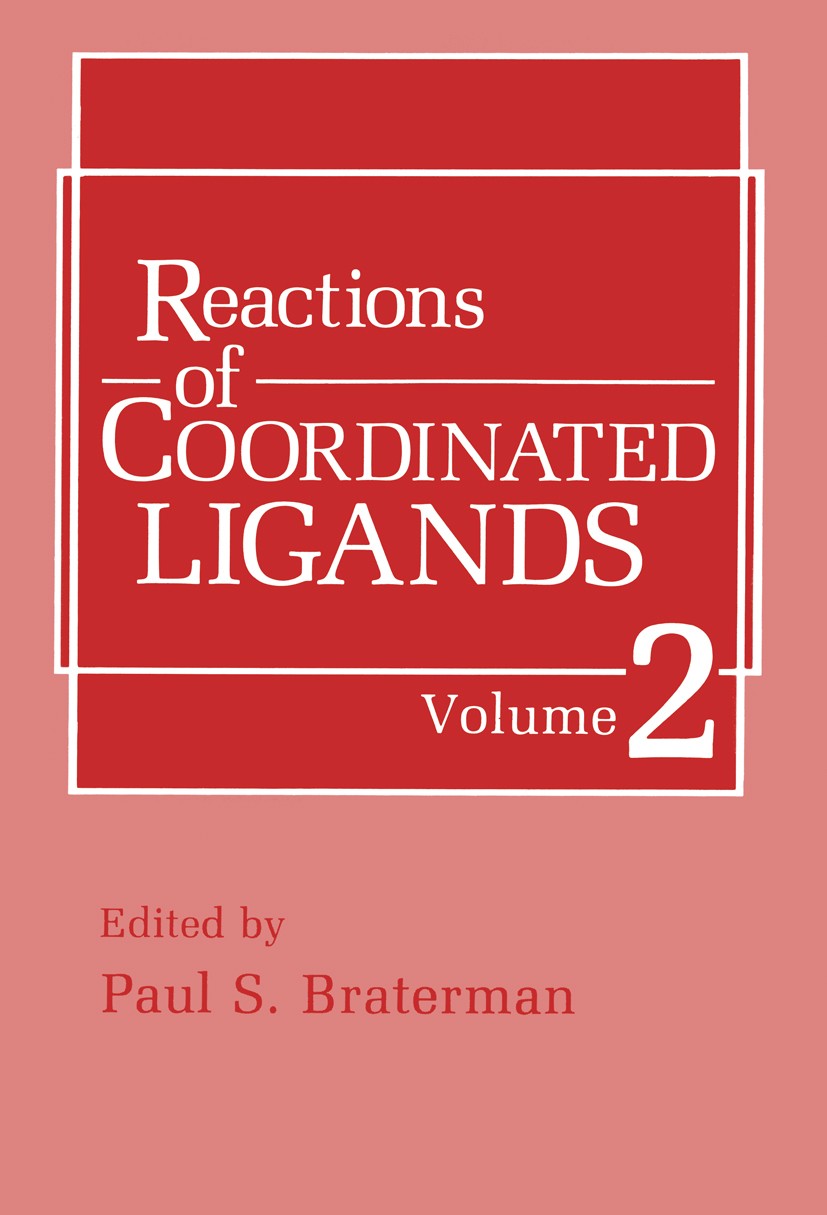| 书目名称 | Reactions of Coordinated Ligands | | 副标题 | Volume 2 | | 编辑 | Paul S. Braterman | | 视频video | http://file.papertrans.cn/822/821860/821860.mp4 | | 图书封面 |  | | 描述 | This, the second and final volume of Reactions of Coordinated Ligands, describes the chemistry of ligands bound through non-carbon atoms, and of coordinated carbon dioxide. As before, emphasis is on the underlying mechanisms, which provide a unity of understanding for superficially disparate processes. The wide range of topics covered illustrates well both the versatility and the usefulness of coordination chemistry in the controlled activation of ligands. Looking to the future, carbon dioxide is the feedstock of last resort. The homogeneous reduction of dinitrogen to ammonia now seems unlikely to replace the Haber process, but solution reactions also lead to more complex, varied, and valuable products. Nitrogen monoxide, a "non innocent" ligand, impinges as pollutant and reagent. Its rich chemistry stems from its linked roles as three-electron donor, and as extremely powerful -acceptor. In the hydrolysis and condensation of complexed amides, esters etc. , metals act both as templates and as tunable and poly functional Lewis acids. Here the control of hydrophobic and steric interactions begins to model the subtle mechanisms of biological specificity. Finally, phosphorus and sulfur | | 出版日期 | Book 1989 | | 关键词 | Coordination Chemistry; carbon; carbon dioxide; lead; metals; polymer | | 版次 | 1 | | doi | https://doi.org/10.1007/978-1-4613-0755-6 | | isbn_softcover | 978-1-4612-8066-8 | | isbn_ebook | 978-1-4613-0755-6 | | copyright | Plenum Press, New York 1989 |
The information of publication is updating

|
|
 |Archiver|手机版|小黑屋|
派博传思国际
( 京公网安备110108008328)
GMT+8, 2025-11-13 19:47
|Archiver|手机版|小黑屋|
派博传思国际
( 京公网安备110108008328)
GMT+8, 2025-11-13 19:47


